

(By Mo Tingting)When the clock is ticking with the approach of the Lunar New Year holiday every year, countless devotees will pray and burn incense (Joss Sticks) at temples and in traditional ceremonies. China has a long and rich incense culture, and boasts a major incense producer in the world today. Incense not only carries the meaning of worship, but also is a person's access to spiritual sustenance and comfort. However, how the incense is made becomes our curiosity. Journey with us and let's reconnect with the timeless tradition of making incense. It will give you not only a visual banquet, but also a unique smelling experience.
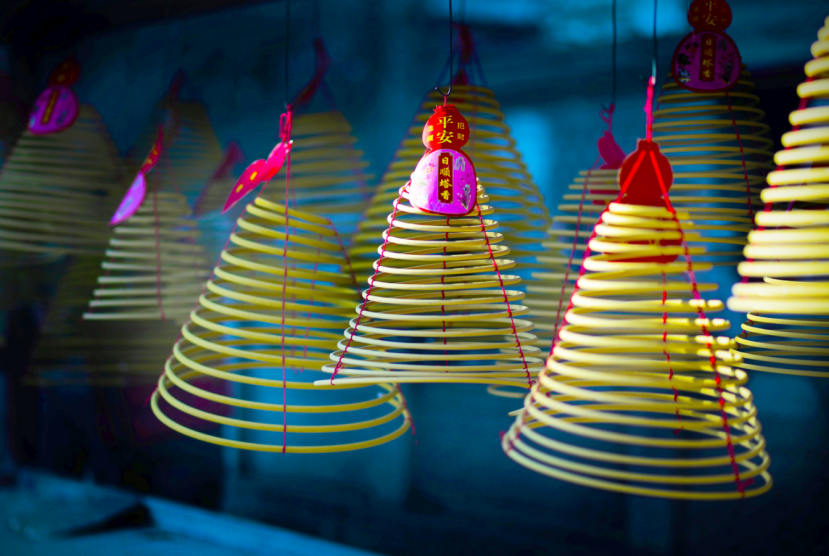
A common form of sacrificial offering
Incense is aromatic biotic material that releases fragrant smoke when burned. The term refers to the material itself, rather than to the aroma that it produces. The heart of the incense is a bamboo stick, coated with incense materials. Once lit, both materials and bamboo sticks will burn down. Incense in China is traditionally burned for a wide range of purposes including religious ceremonies, ancestor veneration, traditional medicine, and simple pleasure, which permeates the development of Chinese civilization.
Incense was used in China starting from the Neolithic times with it coming to greater prominence from the Xia Dynasty (2070 BC-1600 BC). During the Han Dynasty (206 BC-220 AD), exotic and precious incense ingredients and spices such as cinnamon, clove, cassia and star anise began to enter the hinterland of China through the ancient Silk Road. In this sense, the Silk Road is also the “Incense Road” and “Spice Road” from the Chinese perspective. The etiquette book Han Palace Code mentioned how ministers were required to make their court dress fragrant with incense before being allowed to have an audience with the Emperor. It reached its height during the Song Dynasty (960-1279). Burning incense was incredibly popular in cultural circles and developed into a highly artistic form, providing inspiration for many artists, writers and musicians.
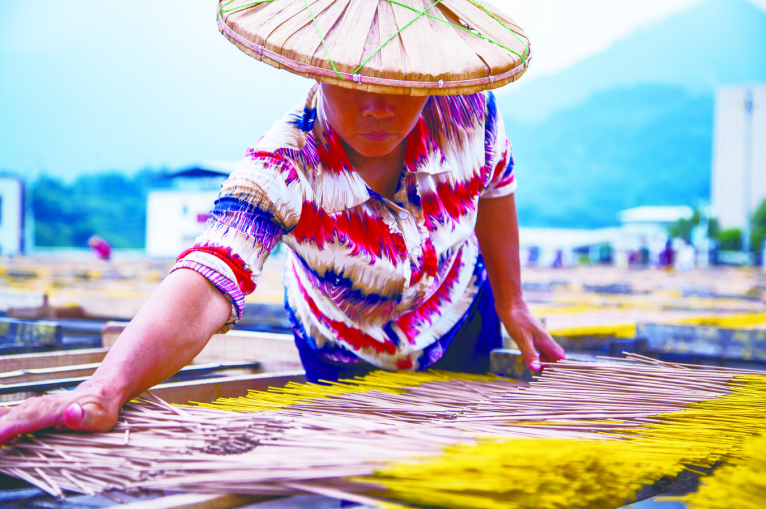
Incense is also the very root of medicine, perfumery and ceremonial practices. Incense is still used today in traditional Chinese medicine. The traditional Chinese medical incense, which not only creates a nice smell, but also has healing effects. Burning incense is considered to be the most popular way to get rid of negative energies in a house and bring forth new positive vibes.
In a religious context, incense is used for a variety of reasons in various cultures, usually for the purposes of healing or purification. For Chinese religious practitioners, burning incense opens up communication with deities, and incense ash is required to found new temples. Through pilgrimage, incense is used to demarcate the territory of a deity and maintain relationships between temple and communities. Incense is still the main type used for paying respects to Buddha.
It is also claimed that the incense’s smell can purify the air and repel mosquitoes and other insects, so that not only the god or deity is not bothered by the insects, but meditation can be practised less disturbed and distracted.
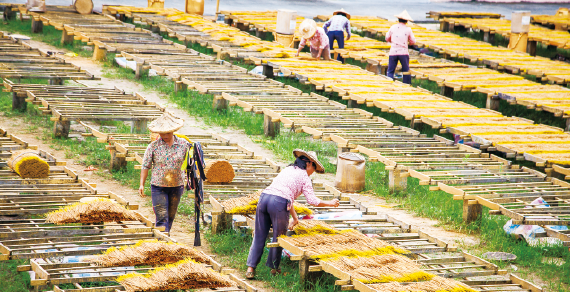
The Chinese have developed a sophisticated art form with incense burning involving tea and calligraphy called Xiangdao. Burning incense and sipping tea from a purple clay cup while appreciating traditional Chinese zither performance or Chinese calligraphy. Painting is a way for many Chinese people to enjoy their leisure time, alone or with friends.
Tips
During the Song Dynasty, appreciating incense was considered one of four “graceful daily things” to do, along with tasting the tea, arranging flowers, and arranging paintings on walls.
Carry forward traditional incense culture
The craft of producing incense runs deep in Yongchun County, a mountainous area in China’s southeastern Fujian Province, which is home to about 300 manufacturers employing more than 30,000 workers. It is believed that Arab traders brought incense to Yongchun, where the aromatic spices they imported were combined with local bamboo.
Demand is growing in China and in Southeast Asian countries like Malaysia and Indonesia that have prominent overseas Chinese communities, as well as in Thailand. Shipments to Europe also are rising. Locals claimed that one in every three incense sticks sold in Southeast Asia was made in Yongchun.
“Making incense is very important for my family. It’s not just a business. It’s also about to preserve an ancestral craft and a traditional religious culture,” said Mr. Hong, a 33-year-old craftsman, standing amid rows of brightly colored incense sticks.
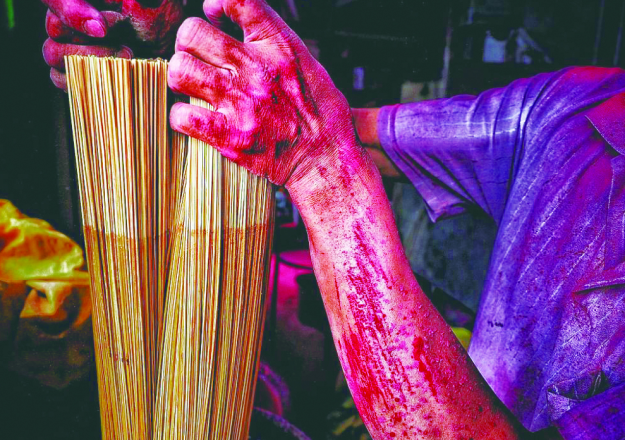
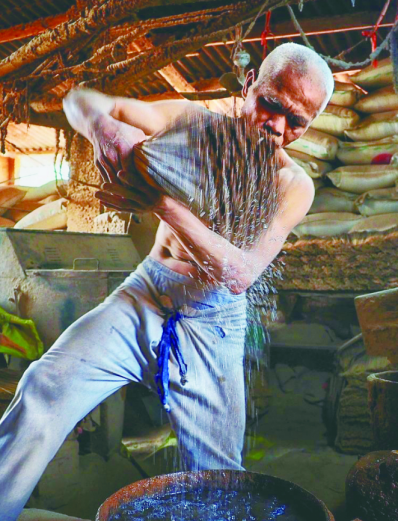
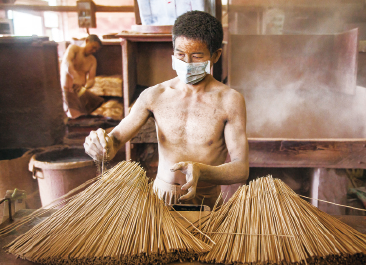
Around-the-clock production process involves up to 18 separate steps. The dried bamboo poles of around 10cm in diameter are first manually trimmed to length, soak, peeled, and then continuously split into halves until thin sticks of bamboo with square cross-sections of less than 3mm width have been produced.
The first step in making joss sticks is to insert the sticks into the water and leave 10-12cm without touching the water. This is the handheld part of the stick, named “Incense Feet”. Then dozens of workers toil through the night to coat thin lengths of bamboo in herbs, spices and richly colored powders of deep purple, red and yellow to create incense sticks and spread them in a fan shape under the rising sun to dry. The sticks fan out like a blooming flower. The flaw sticks can be seen and picked. Then workers will whirl and shake out the extra powder to ensure the surface smooth and firm. These are the hardest part based on the skills and experience. The whole process needs to be repeated three times to ensure good quality.
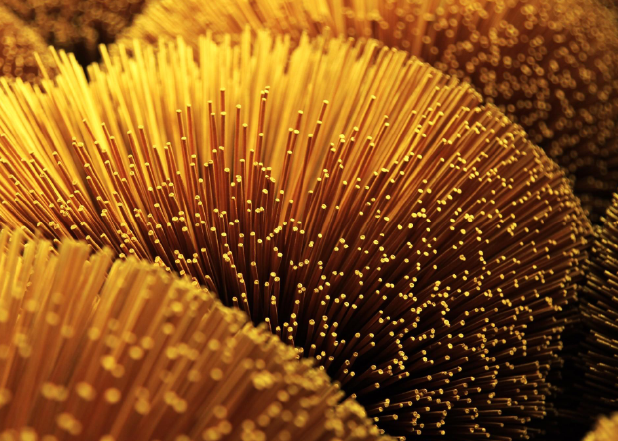
Through three generations of tweaking, Hong’s family has arrived at a secret recipe for which it is well known. Now the introduction of some automation to meet demand is necessary. But he still insists on several steps such as dying and drying the sticks being done by hand to preserve quality. Mr. Hong said that all the best joss sticks are still the handmade ones. Despite the long hours and labor required, the adept craftsman never gets tired of making incense.
“It’s also to preserve an ancestral craft and a traditional religious culture,” said Mr. Hong, a 33-year-old craftsman, standing amid rows of brightly colored incense sticks.
By observing traditional crafts, we can see that incense-making is considered as one of the traditional arts, and indeed so in the times when everything is made by hand. The forms taken by incense have changed with advances in technology and increasing diversity method of burning. People are tapping into the legacy of its history and learning to appreciate the art of incense, using it to cope with the stress of life and nourish their very being, just as our ancestors once did.
Tips
Yongchun County in China’s Fujian Province is reputed as the “Capital of Incense”. Yongchun incense is unique, with a special scent and texture.
Source: China-ASEAN Panorama
桂ICP备14000177号 Copyright@2006-2013 Guangxi China-ASEAN Panorama Magazine Agency Co., Ltd. All Rights Reserved